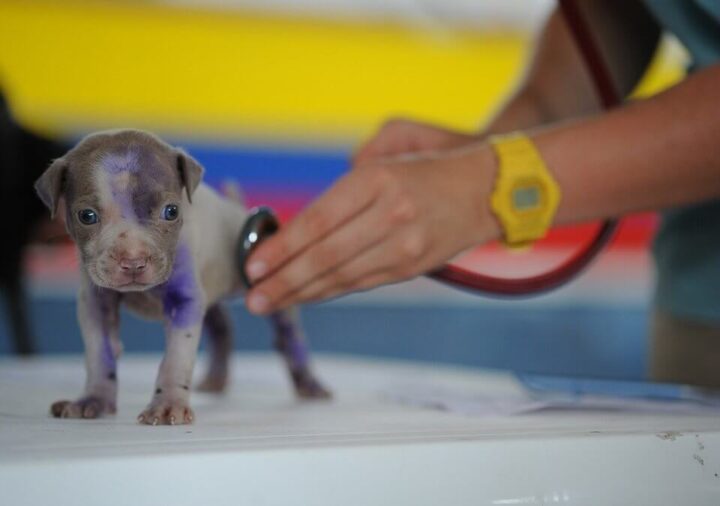Whether your pet is seeing us for a routine check or an episode of unwellness, our vets aim to perform a thorough examination. In combination with the information you provide to us about your pet’s home care and activities, this check helps us to quickly get a good idea of their health status.
Whilst each vet has their own routine for performing a physical examination, a common procedure involves:
- Looking at your pet’s behaviour. This tells us about your animal’s mental health, and also if they seem friendly, anxious or anti-vet!
- Watching your pet sit, stand and walk, to see if there are any signs of pain, stiffness, weakness or wobbliness.
- Checking your pet’s face for any signs of eye or nose discharge, swelling or asymmetry.
- Checking your pet’s ears and eyes for any signs of inflammation, infection, lumps or other disease.
- Looking in your pet’s mouth to grade your pet’s dental health and check for masses, and also check their gums for signs of dehydration or anaemia.
- Feeling your pet’s superficial lymph nodes – any enlargement can indicate inflammation, infection or even tumours.
- Listening to your pet’s chest – here we listen for normal heart and lung sounds and rhythms.
- Feeling your pet’s belly to check for any enlarged or painful organs.
- Feeling your pet’s body for any skin or muscle lumps.
- Checking your pet’s skin for any lesions or parasites.
- Doing an orthopaedic examination to check for any joint pain or stiffness.
- Taking your pet’s temperature to see if they are fevered or cold.
Sometimes, we may be able to reach a diagnosis from examination and history alone (not quite Doctor Dolittle, but we’re working on it!). Other times, your pet may need further diagnostic tests to help confirm any suspected issues. Either way, your pet can rely on us for a thorough check-up!



